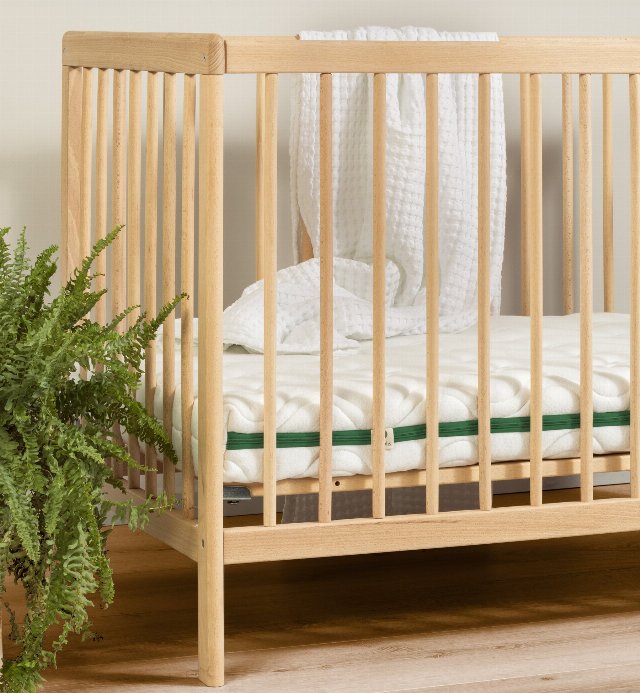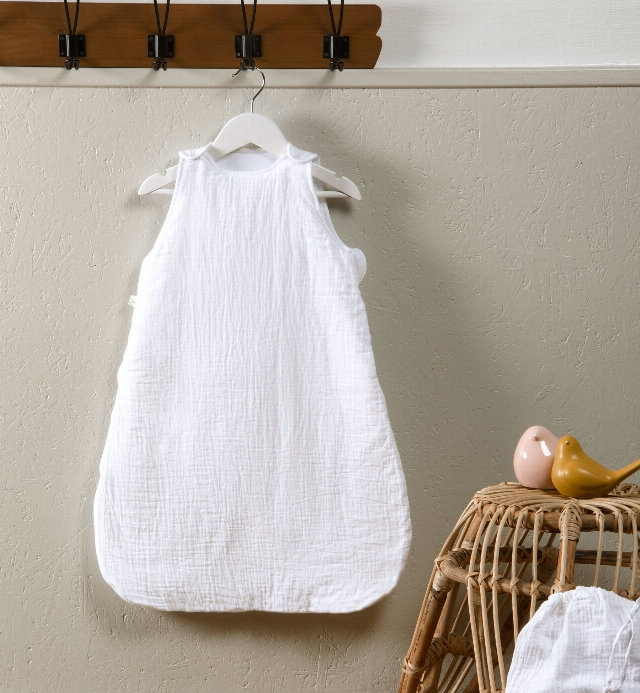It is always THE sensitive question that all parents ask themselves when they return from the maternity ward: how should I put my baby to sleep to ensure a good and totally secure sleep?
The different recommendations over time for putting babies to sleep
About fifty years ago, it was recommended to put newborns to sleep on their stomachs, in particular to reduce the pain linked to colic, but it was realized that there was a very high risk of suffocation, because the newborn is not capable of raising his head, the muscles of his neck are not sufficiently developed. Then came the fashion of sleeping on the side, more secure, especially in case of vomiting. But it is difficult to hold a small baby in a side position, he tends to fall on his stomach, so it was necessary to use a baby wedge, an accessory that may seem practical but which hinders the child’s freedom of movement.
Current recommendations to ensure a safe sleep for babies
Today, pediatricians all agree that the safest position for baby is on his back. This way, nothing can hinder baby’s numerous movements during sleep, the airways are clear and the risk of sudden death is greatly reduced.
For parents who are afraid of flat head syndrome, it is important to know that the back sleeping position is not an aggravating factor as long as baby can move in his bed. This means putting your baby to sleep in his or her own bed with bars, on a firm mattress and in a sleeping bag.
If baby’s head always turns in the same direction, it is advisable to change the sleeping direction every other night or during a nap. It is also possible to hang a small colored stuffed animal on the bars of the bed and to change its side regularly to encourage baby to move his head and to prevent him from getting a stiff neck. So that baby can move freely in his bed, we remove all the toys, the cuddly toys and the covers, baby must sleep in his sleeping bag with as only companion a doudou of small size!
Adding a slope to the baby’s bed?
For babies who suffer from regurgitation, it is advisable to wait at least half an hour after the end of the bottle before putting the child to bed. In some cases, the use of an inclined surface may be recommended. This accessory has an inclination of about 15% which allows the child’s upper body to be raised when he is on his back, while leaving him free to move around, thus facilitating digestion. The inclined plane also facilitates the breathing of toddlers when they have a cold. It is preferable to choose a removable slope that can be easily washed in case of regurgitation accident.


















Leave a comment